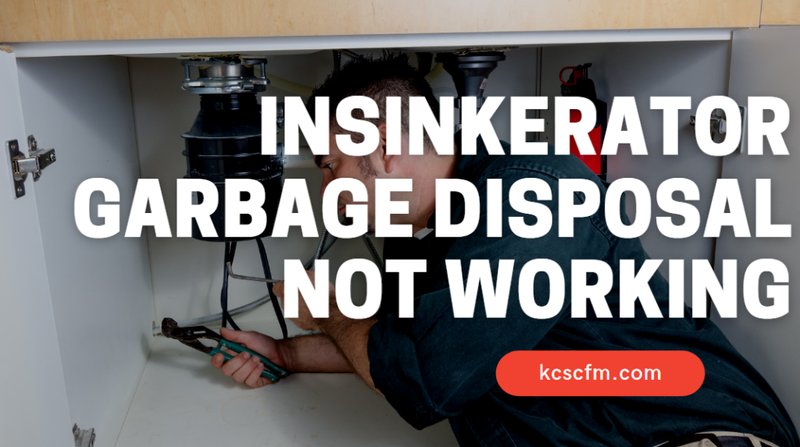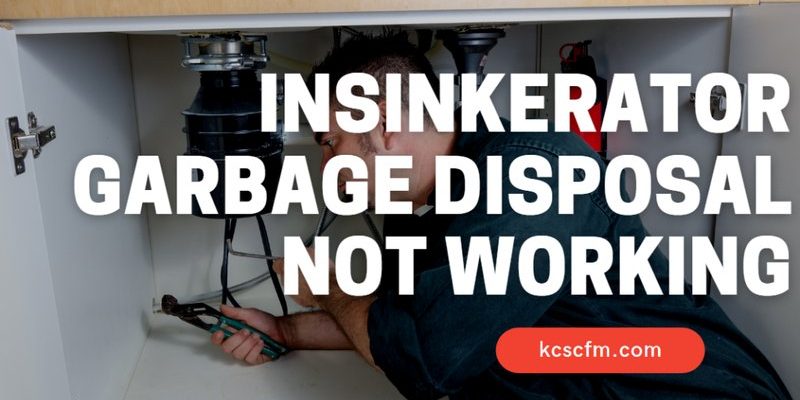
You might be wondering: what causes this overload? Several factors could be at play. It could be as simple as too much food stuffed inside at once, or maybe a foreign object has found its way in there. Don’t worry, though! By understanding what’s going on, you’ll be in a great position to fix it and prevent it from happening again. Here’s everything you need to know, explained step-by-step in easy-to-understand language.
Understanding the Overload: What Triggers Error Code E3?
Picture this: your garbage disposal is like a team of tiny chefs, chopping up food waste and ensuring everything flows smoothly. But when there’s too much on their plate — quite literally — they get overwhelmed. That’s where error code E3 comes into play. The most common cause is overloading the disposal with too much food waste at once. Imagine trying to force an entire sandwich into your mouth at once; it’s just too much to handle!
Sometimes, it’s not just about the amount but the type of waste. Fibrous foods like celery, corn husks, or potato peels can be pesky culprits. They tangle up in the blades, making it hard for the disposal to function properly. It’s like trying to cut through a thick vine instead of a simple piece of paper. The disposal’s motor has to work extra hard, leading to potential overheating, which then triggers the E3 code as a way to protect itself.
But that’s not all! Occasionally, a surprise item might slip in — a spoon, a bone, or even a bottle cap. These objects are like roadblocks for the disposal, causing it to jam and throw the E3 error. If you hear weird clunking sounds or feel the unit struggling before the error code pops up, it’s likely something’s stuck. Identifying and removing these items can be your first step to resolving the issue.
How to Fix the Problem: Simple Solutions for Error Code E3
So, you’ve determined that your disposal is overloaded. What now? Fortunately, resetting your Insinkerator is usually the first and simplest step. Most modern garbage disposals come with a reset button, typically located on the bottom or side of the unit. Think of it as a refresh button for your device, a way to signal that you’re ready to try again. Before pressing it, make sure to turn off the power to avoid any accidents.
Got a jam on your hands? Removing the stuck object is essential. Start by turning off the disposal and using a flashlight to peek inside. If you spot the offender, like a bone or a stray utensil, use pliers or tongs to carefully extract it. Be gentle — your disposal’s blades are sharp and can be damaged if handled too roughly. Once clear, restore power and see if it’s running smoothly.
If fibrous foods are your sworn enemy, consider cutting them into smaller pieces before feeding them to the disposal. This gives your tiny chef team a fighting chance to process everything without getting tangled up. Regular maintenance, like running your disposal with cold water while grinding, can also help keep things moving along.
Prevention Tips: Keeping Error Code E3 at Bay
As with most appliances, preventing issues with your garbage disposal is all about good habits. Start by being mindful of the amount of waste you’re putting in. Try feeding it slowly rather than all at once. Imagine you’re feeding a pet — you wouldn’t dump all the kibble at once, would you? Letting it tackle smaller amounts at a time helps avoid overload.
Keep an eye on what you’re putting down there. Avoid fibrous foods when possible, and if you must dispose of them, make sure they’re chopped into tiny bits. This minimizes the risk of clogs. And as tempting as it may be to use hot water, stick to cold. Hot water can melt fats and oils, causing them to solidify down the line and create sticky situations.
Regularly inspect your disposal for foreign objects, especially if you have young children prone to tossing things into the sink. A quick check can save you from unexpected jams. Finally, monthly cleaning with a mixture of ice cubes and a splash of vinegar can sharpen blades and keep things fresh and running smoothly, reducing the chances of encountering error codes.
In the end, staying informed and attentive to your Insinkerator can save you a lot of hassle. With these tips in mind, you’ll be well-equipped to handle any disposal dilemmas and keep that error code E3 at bay!
